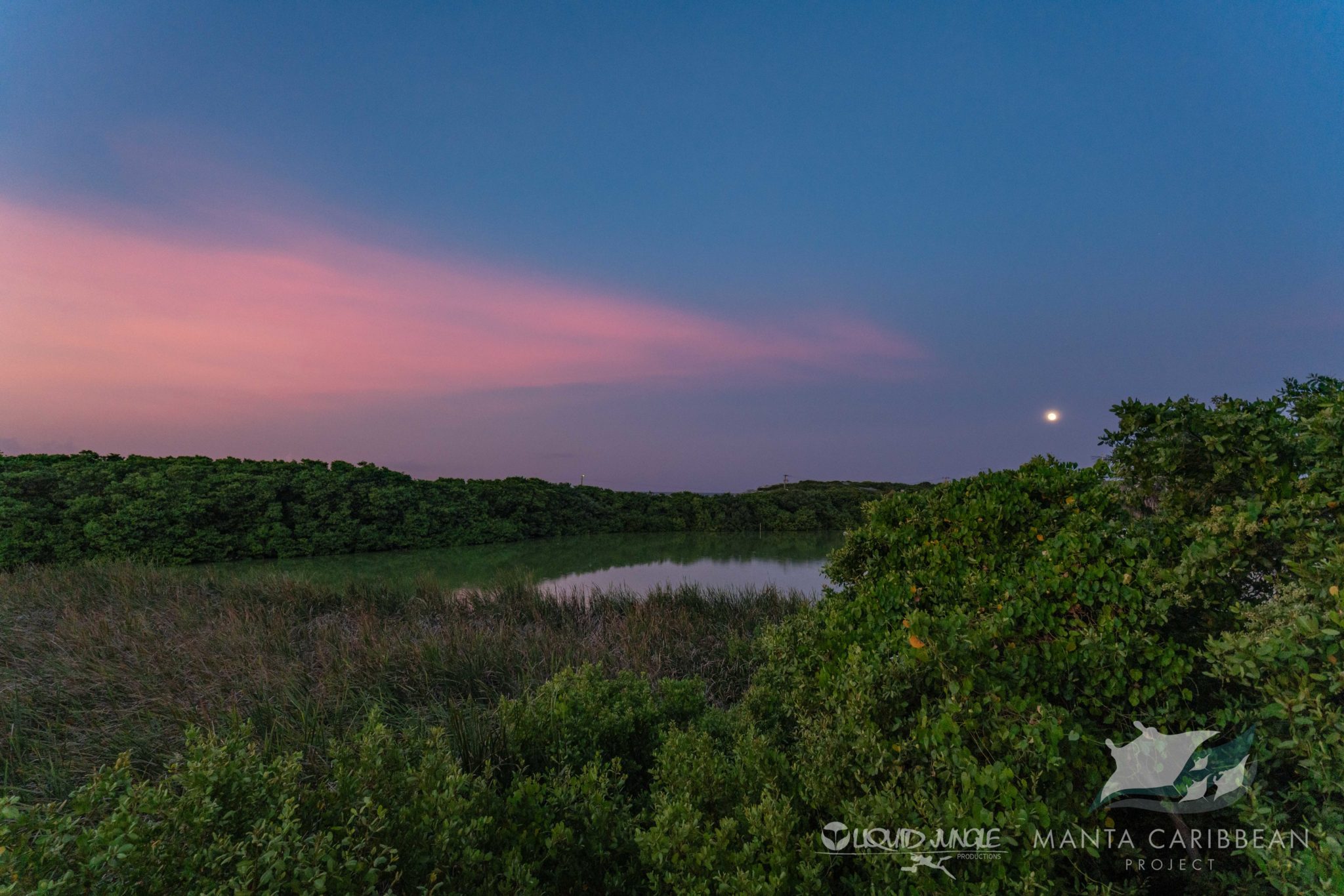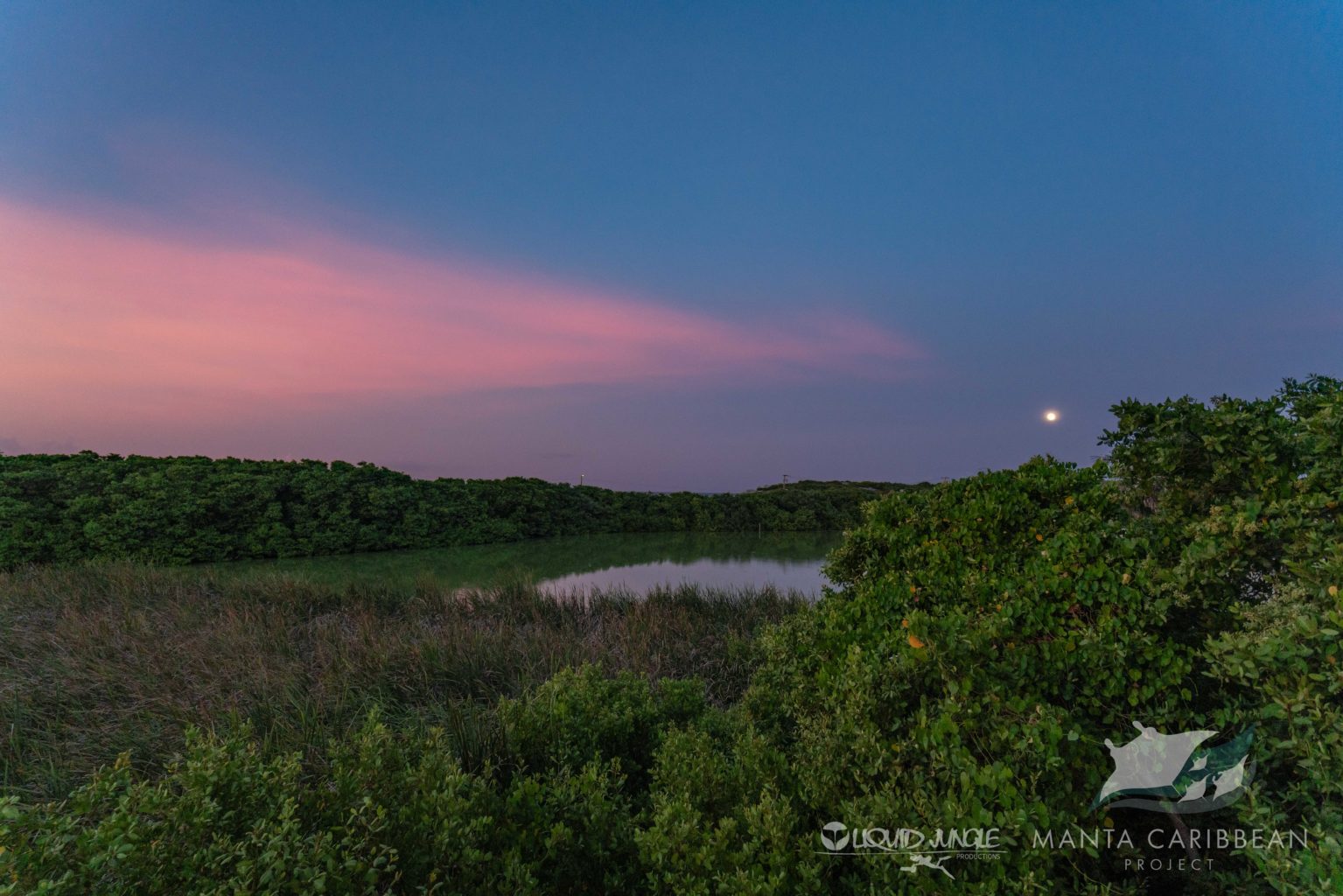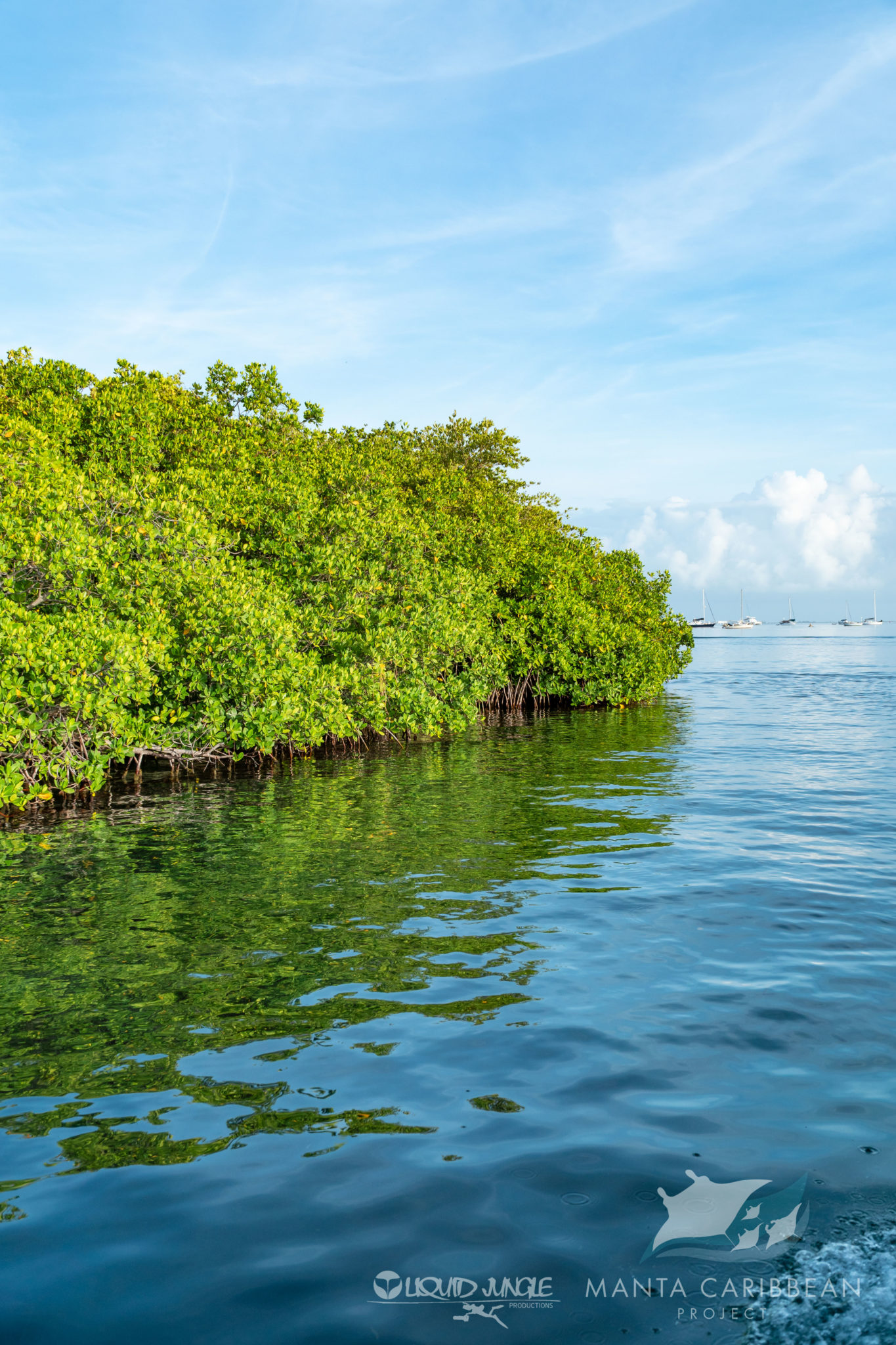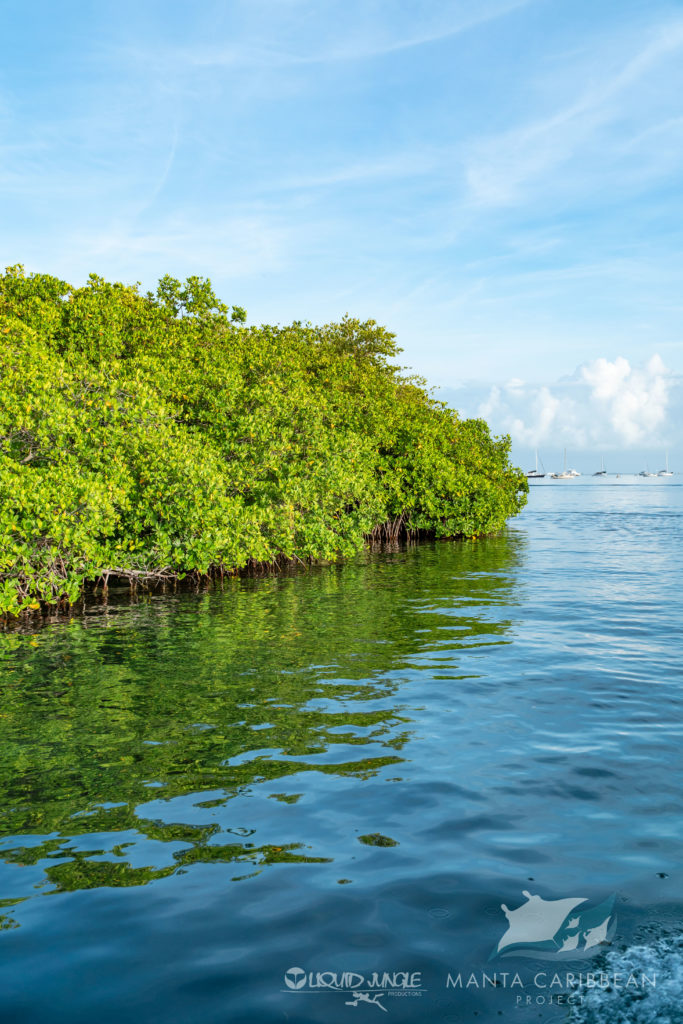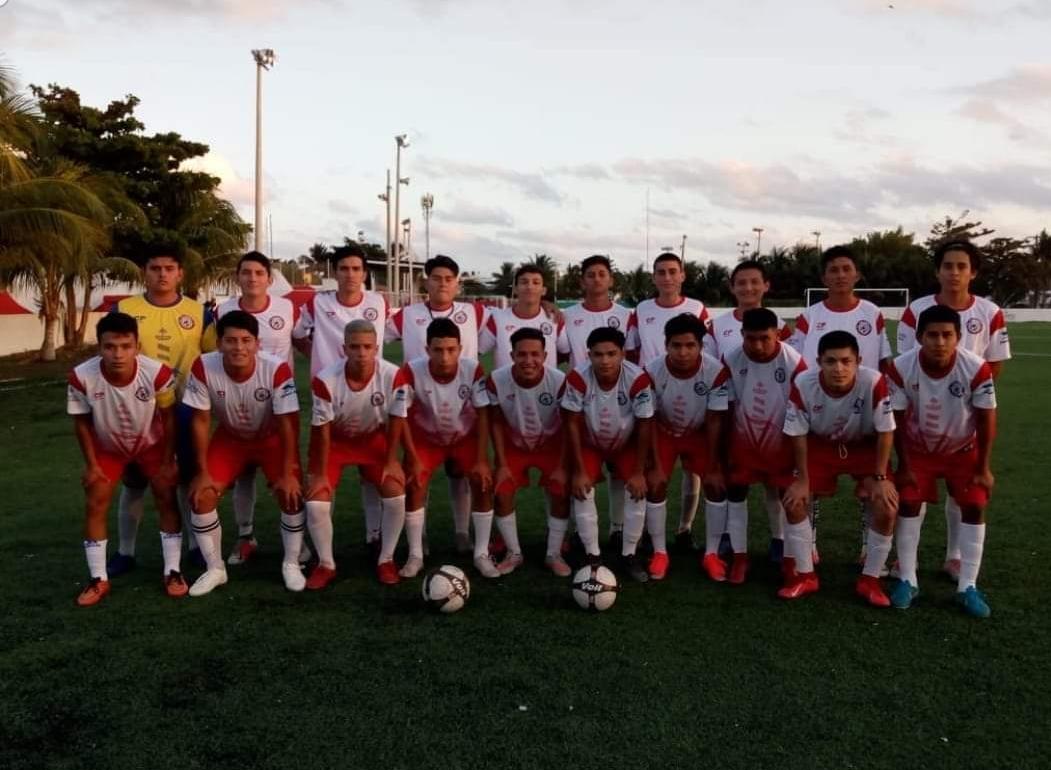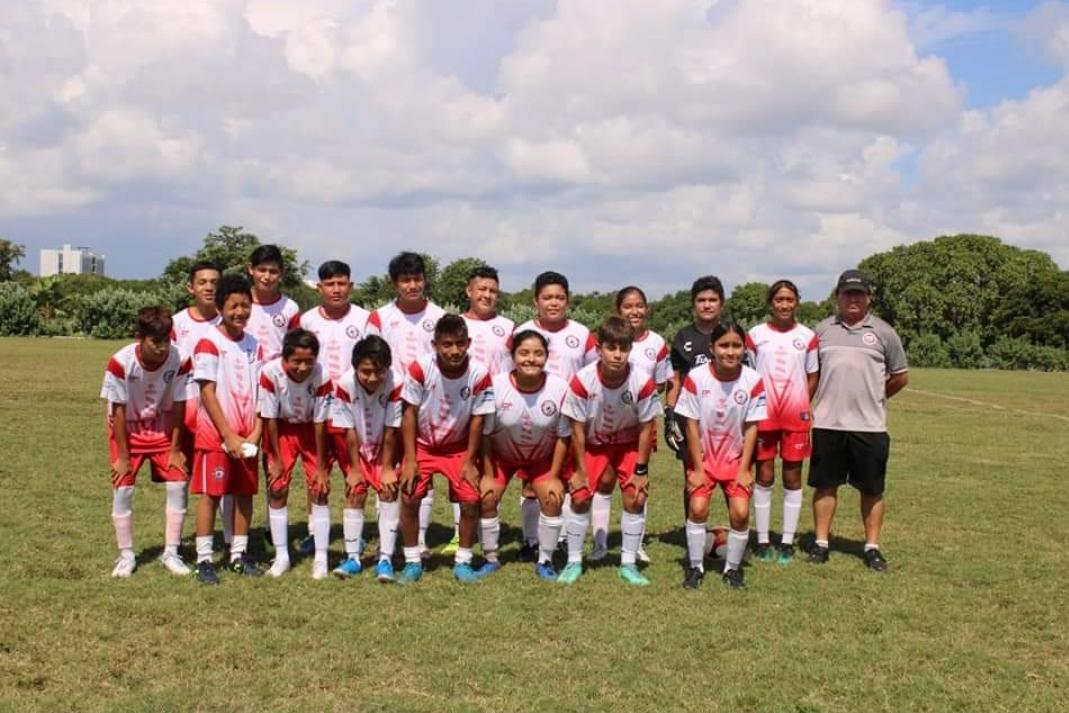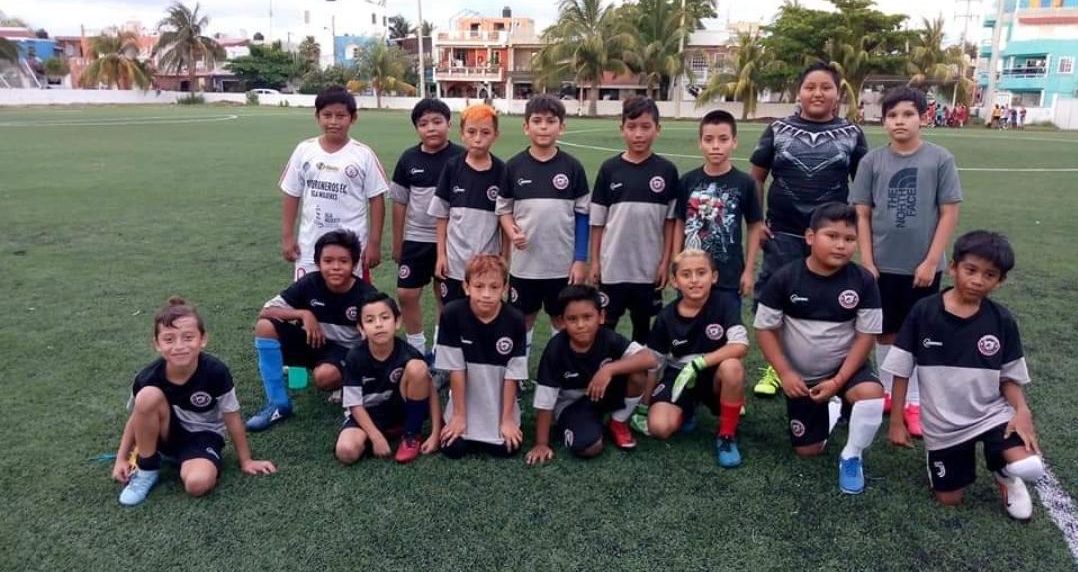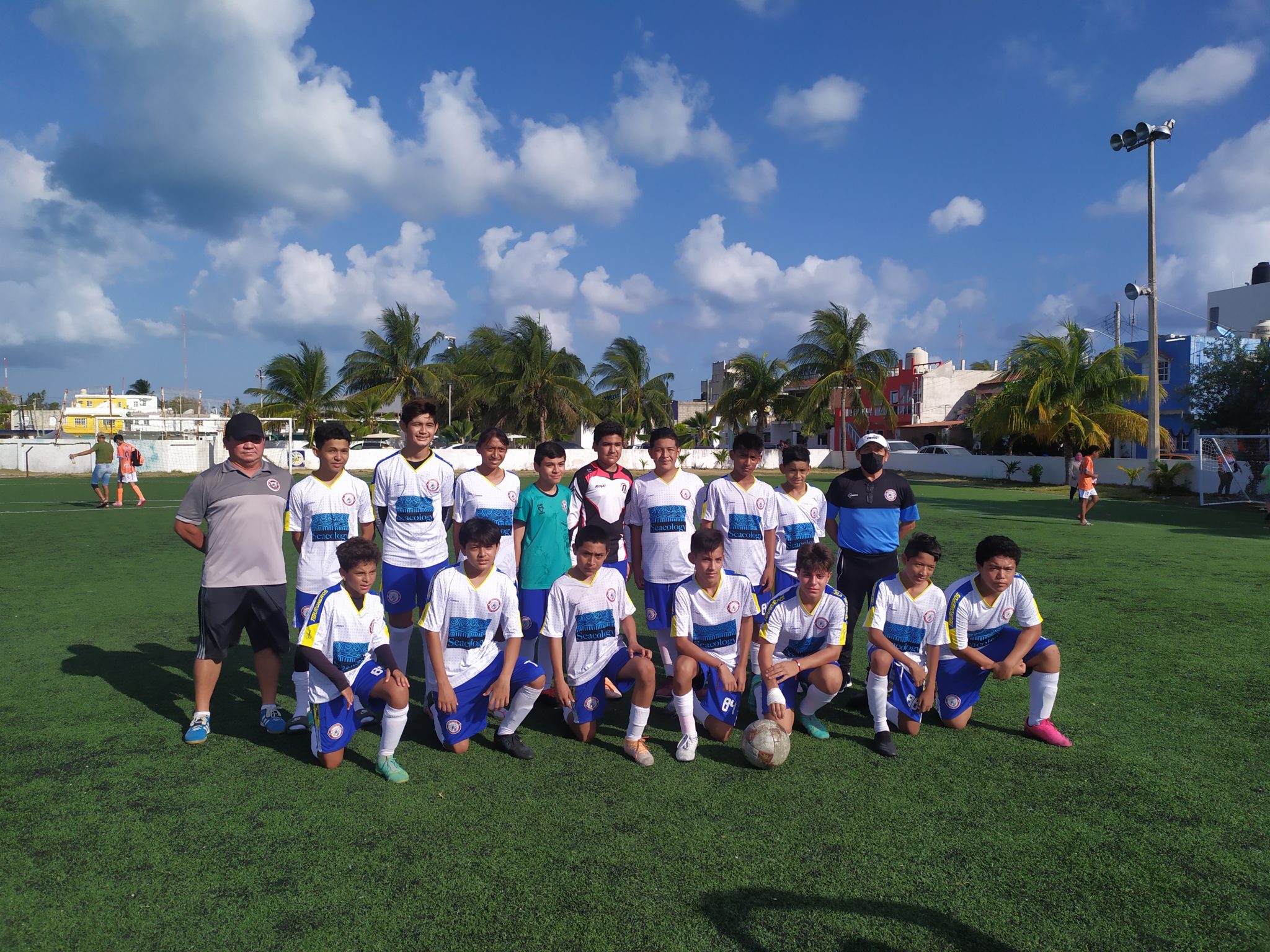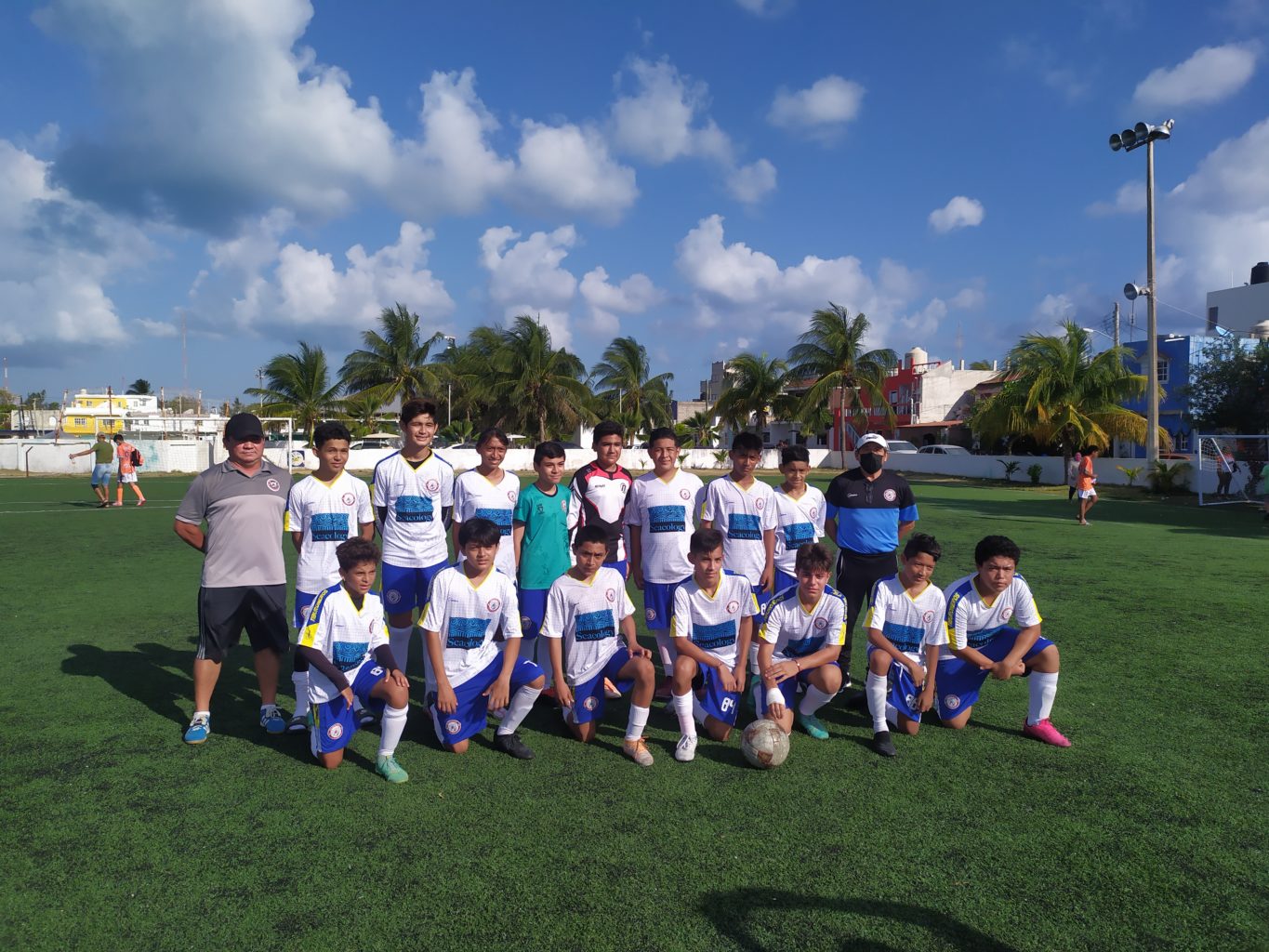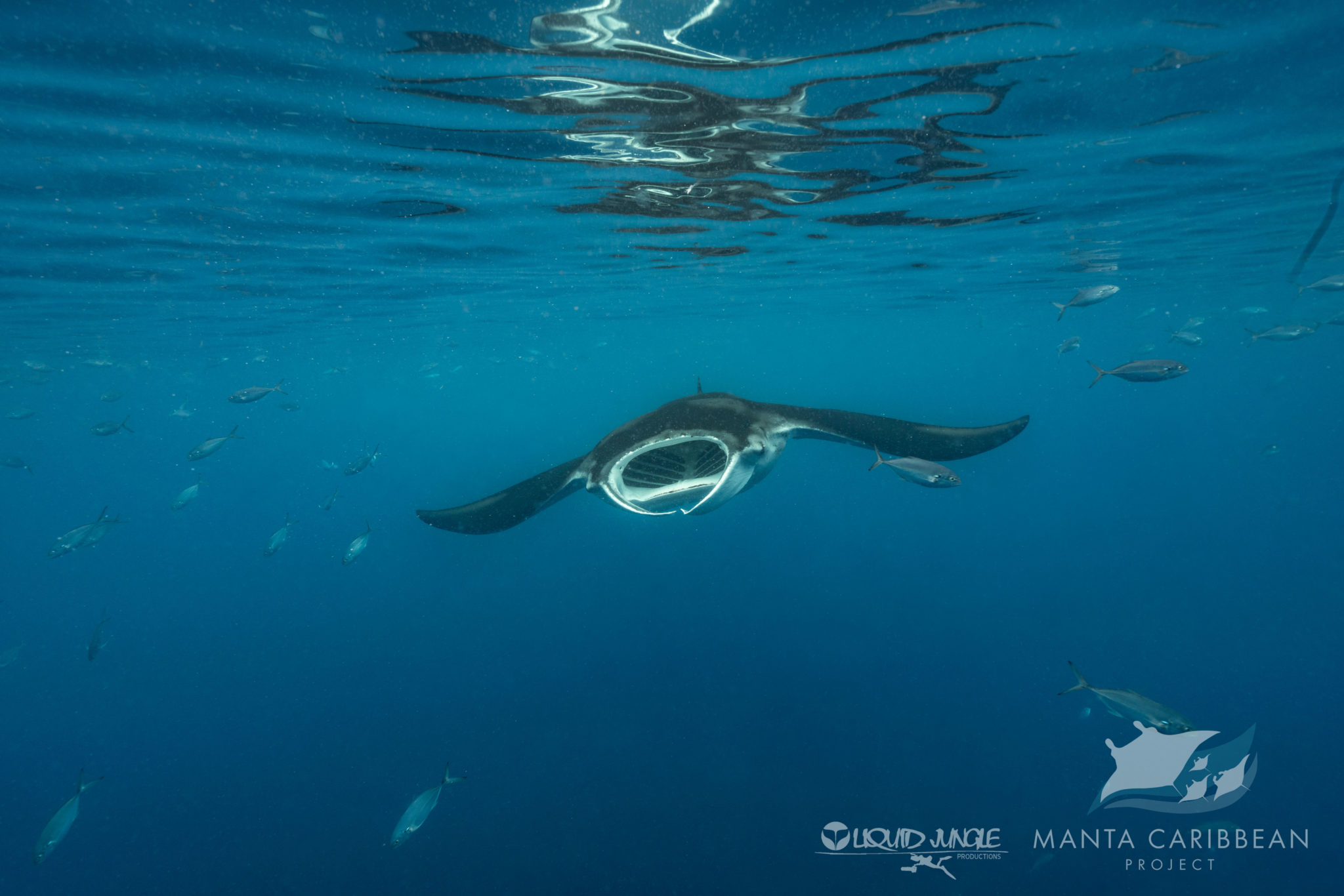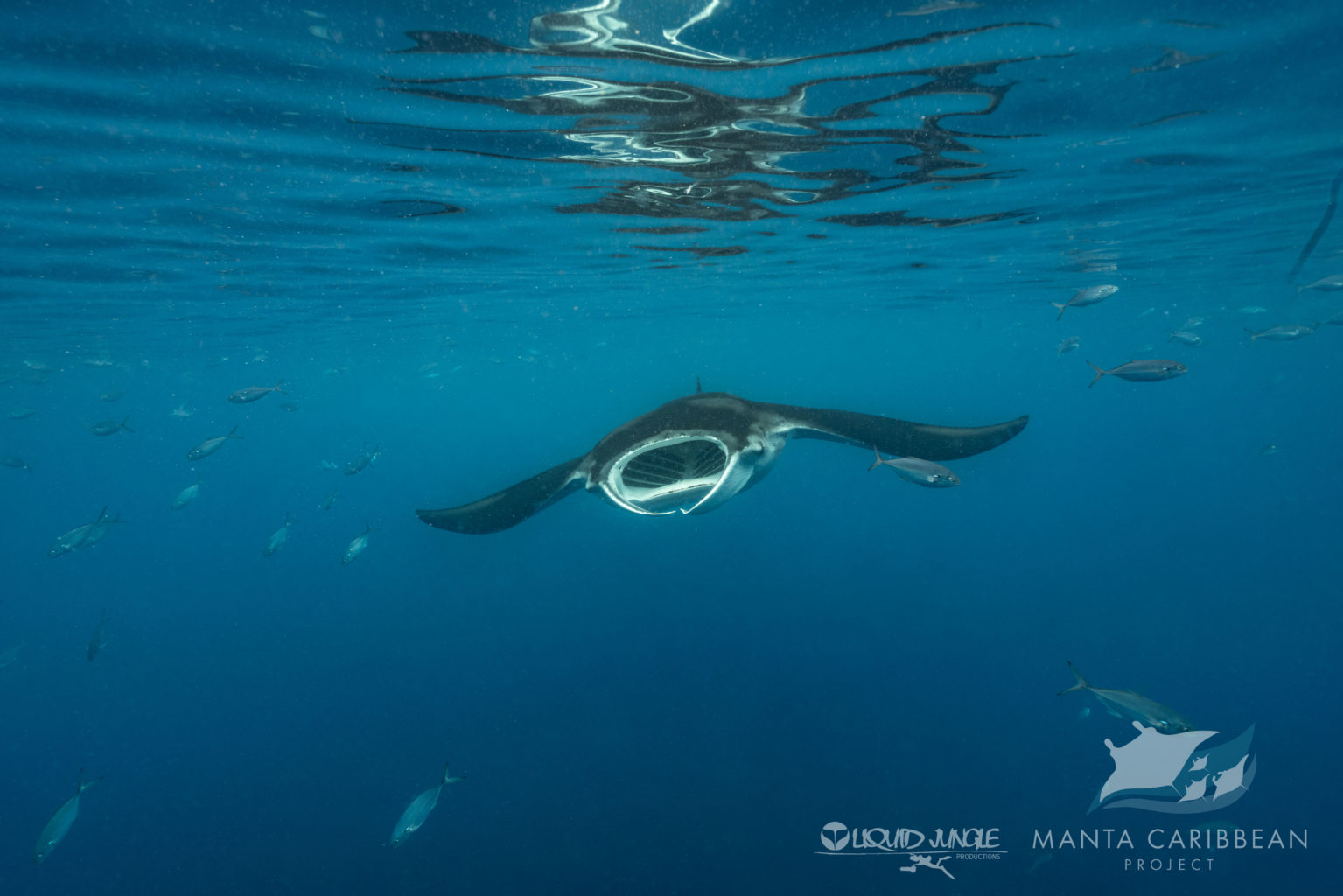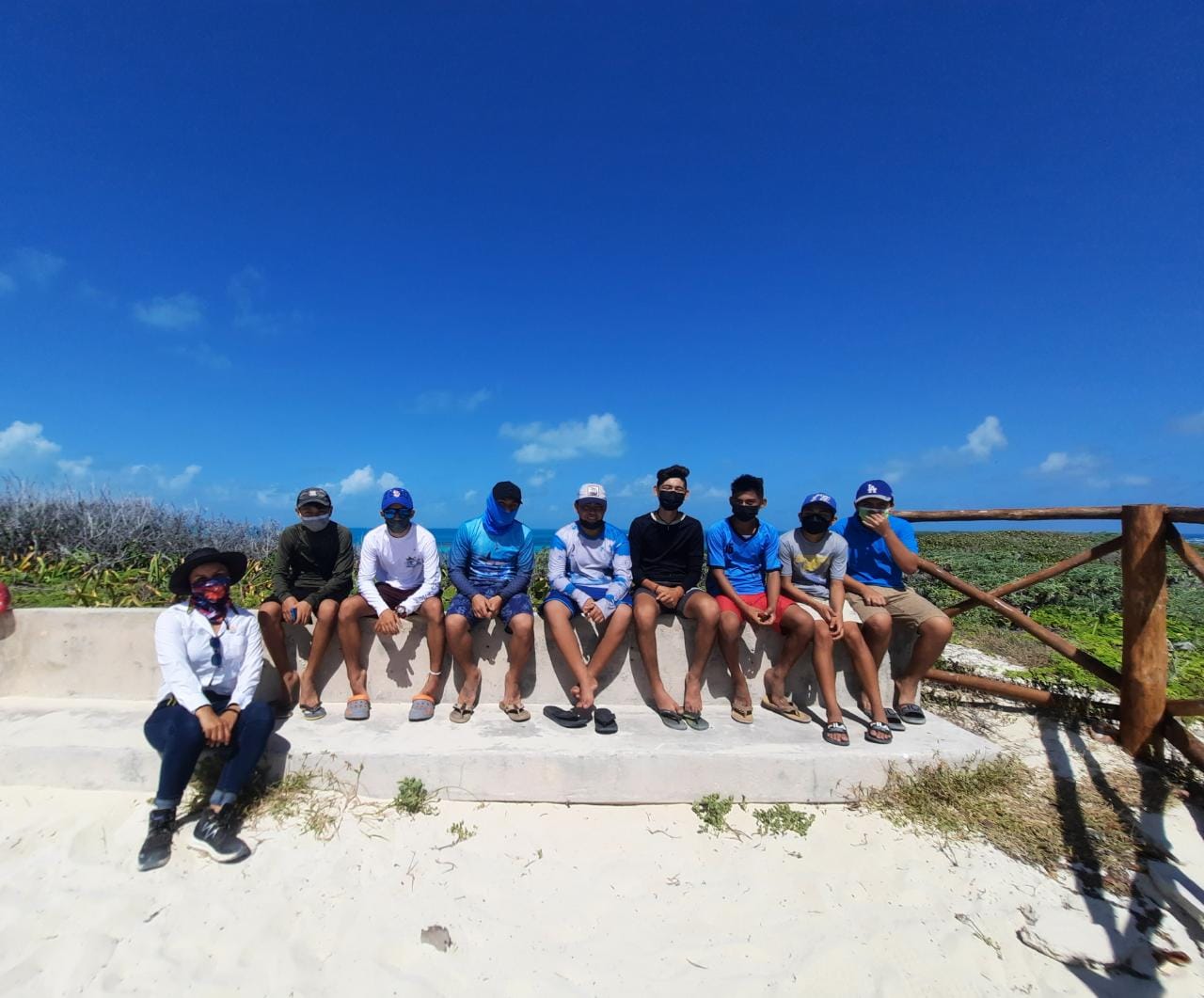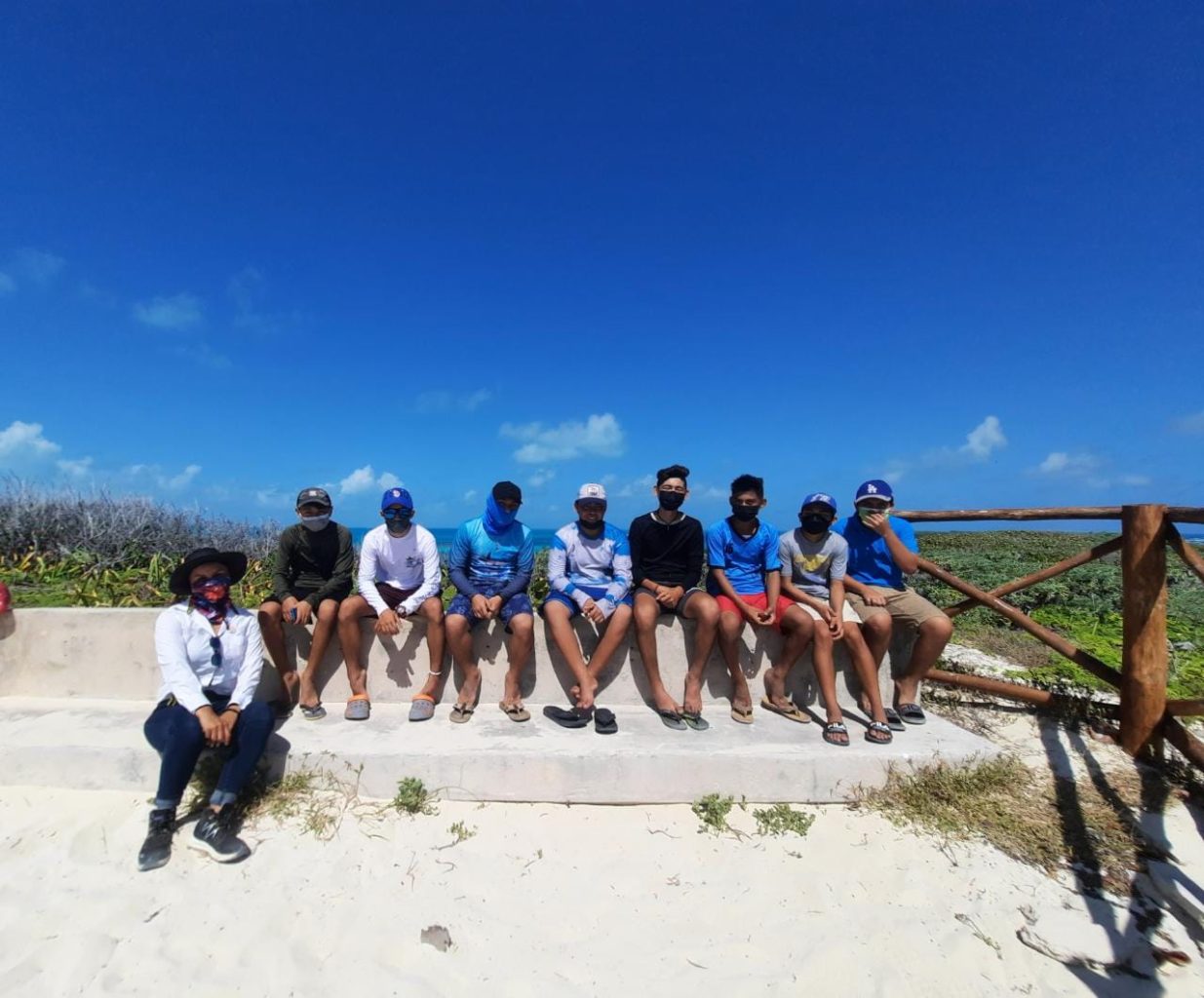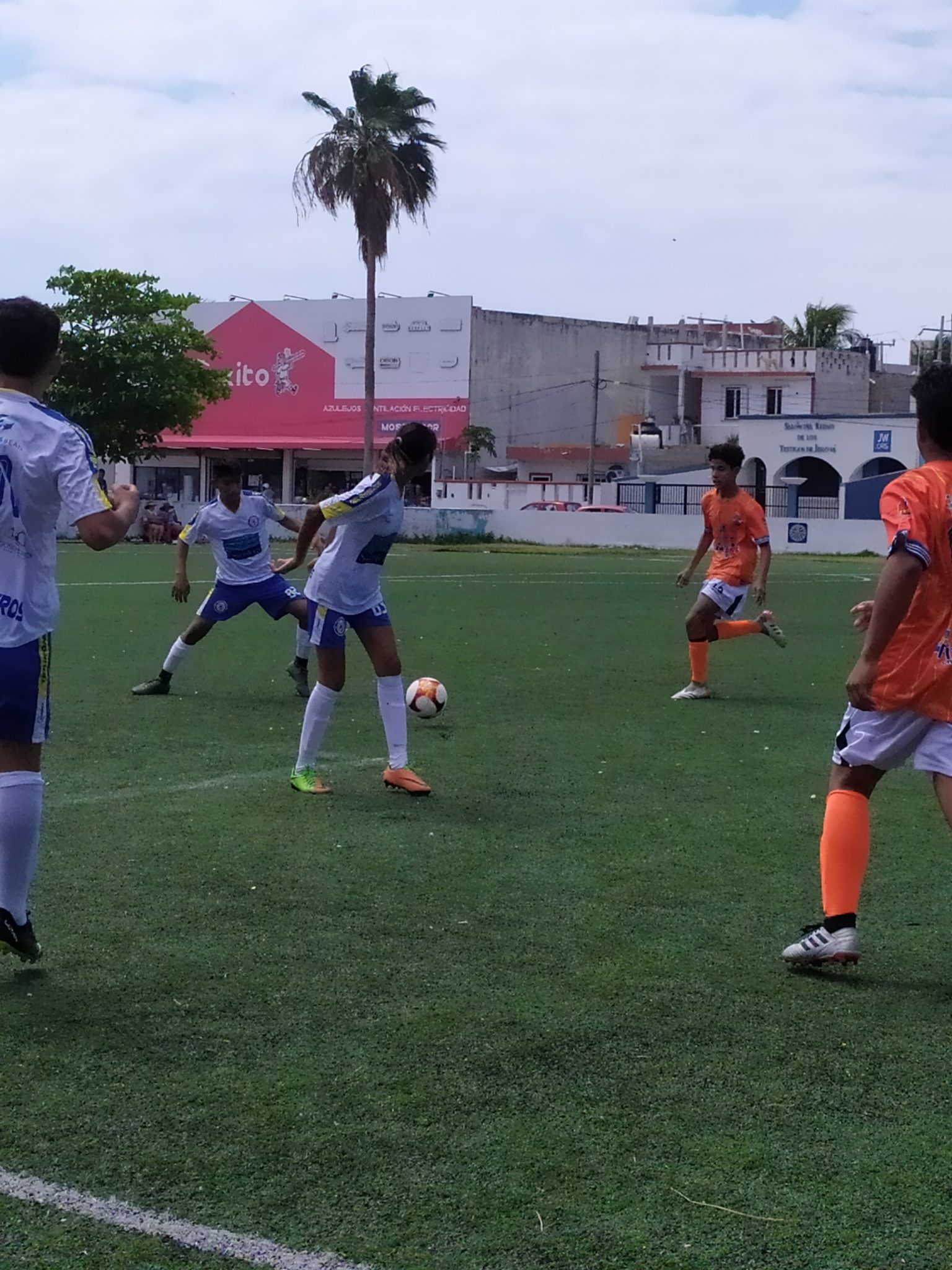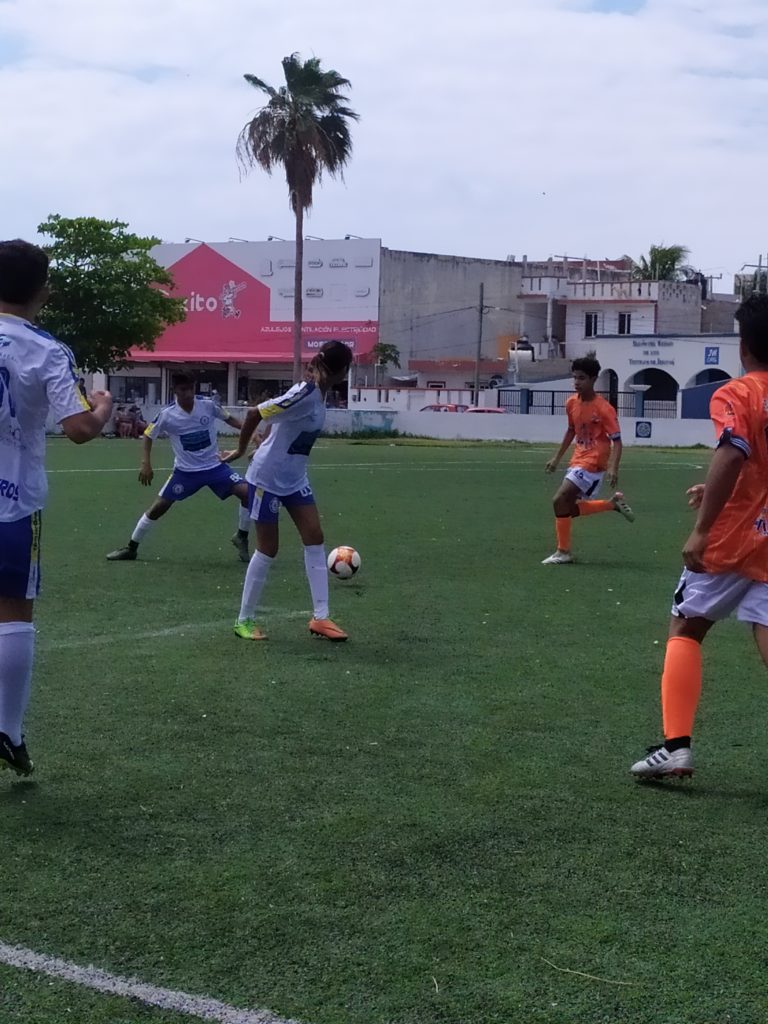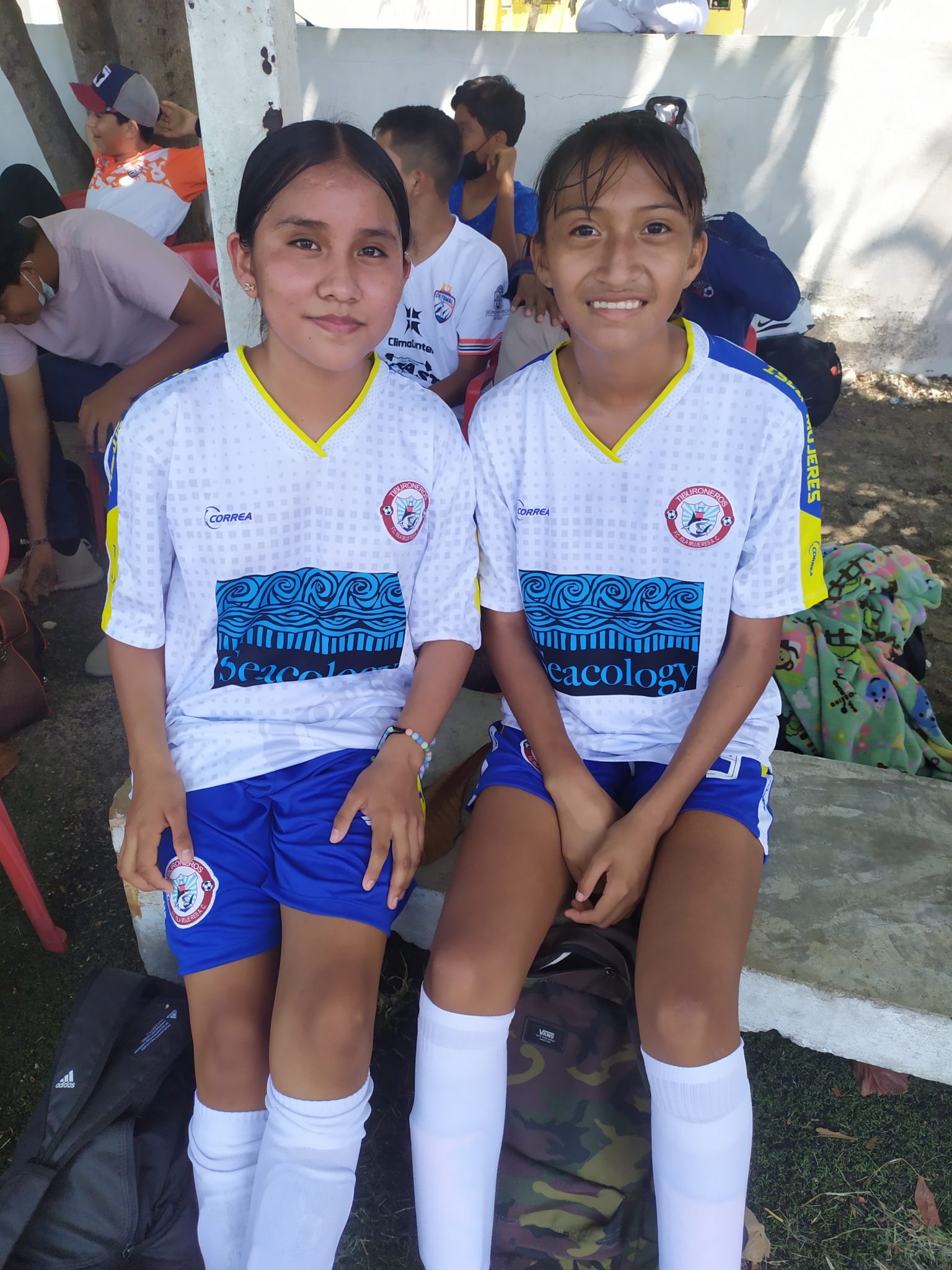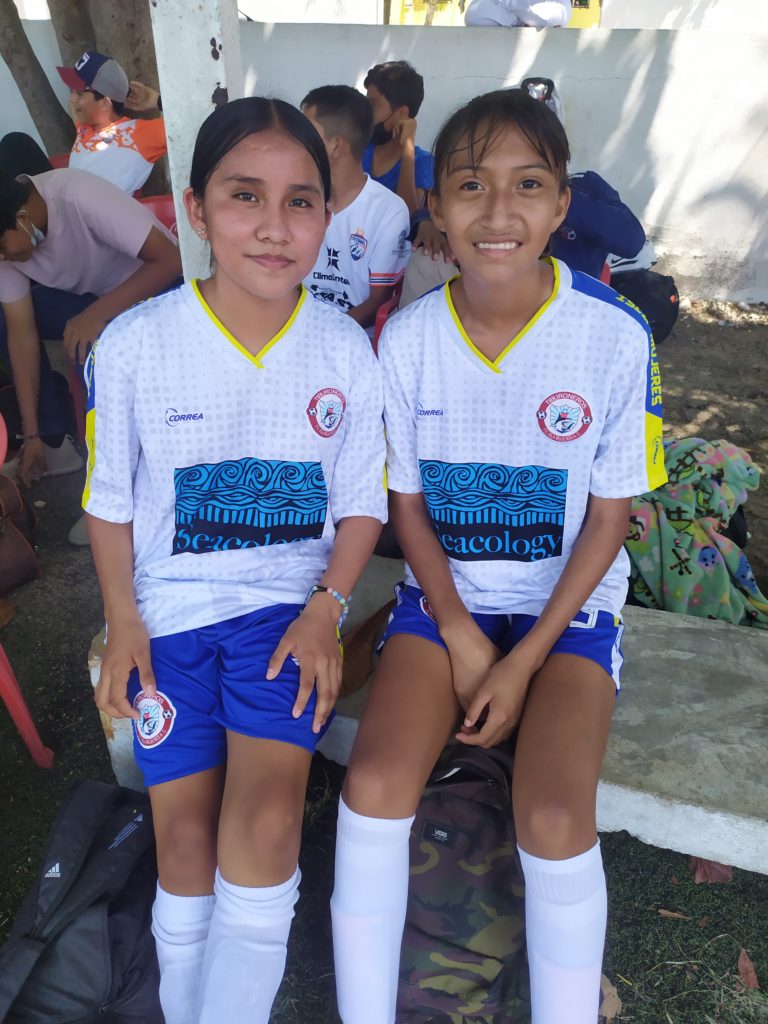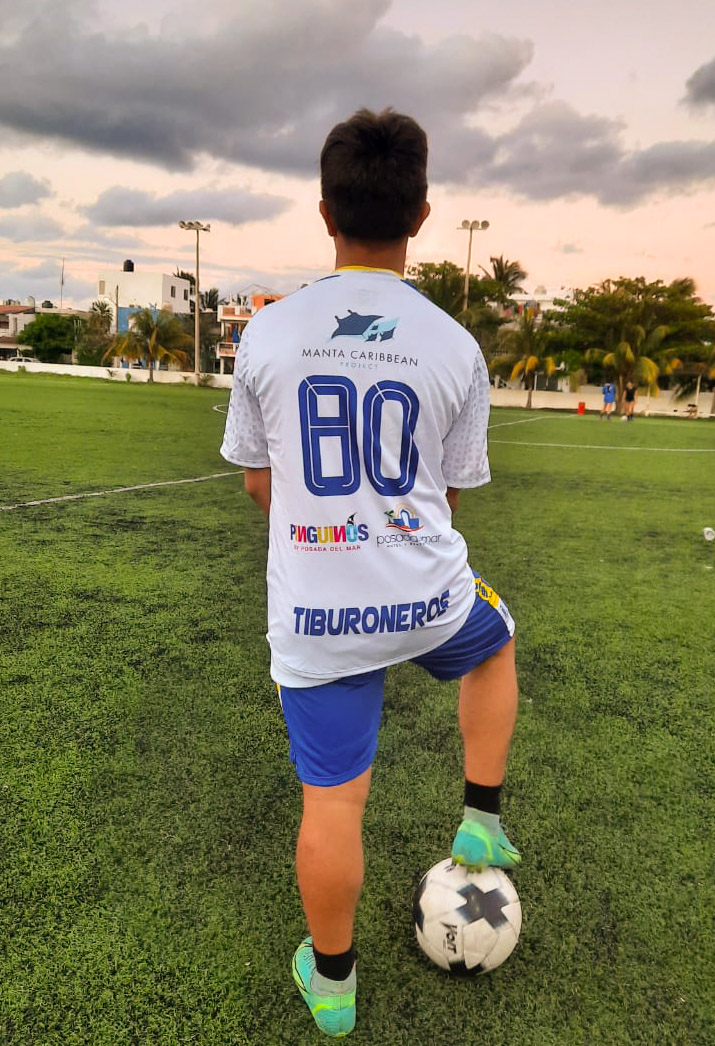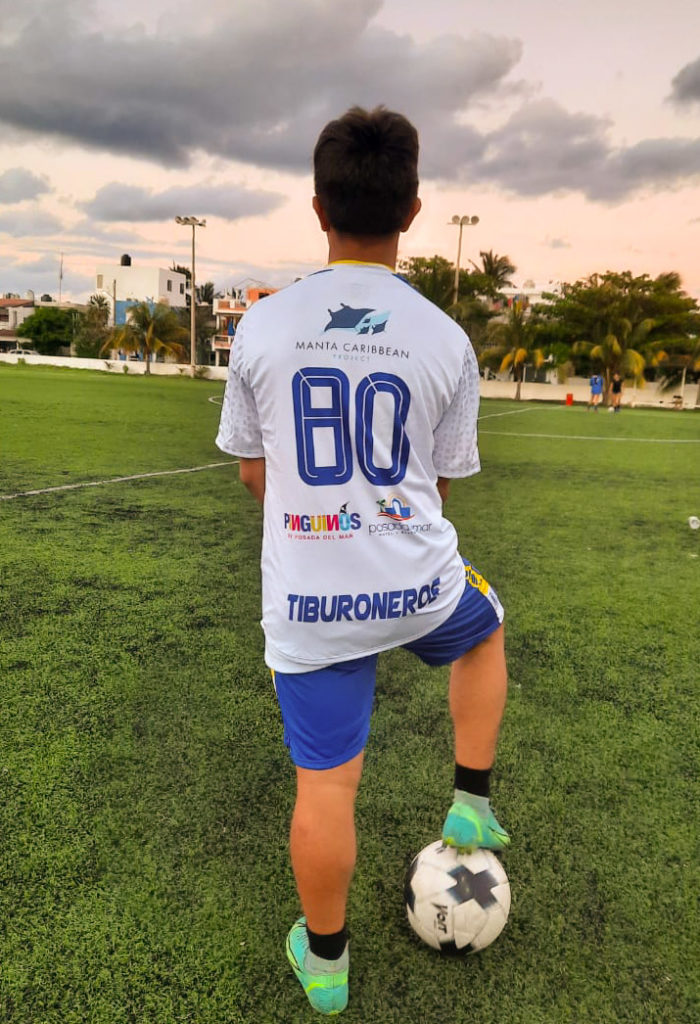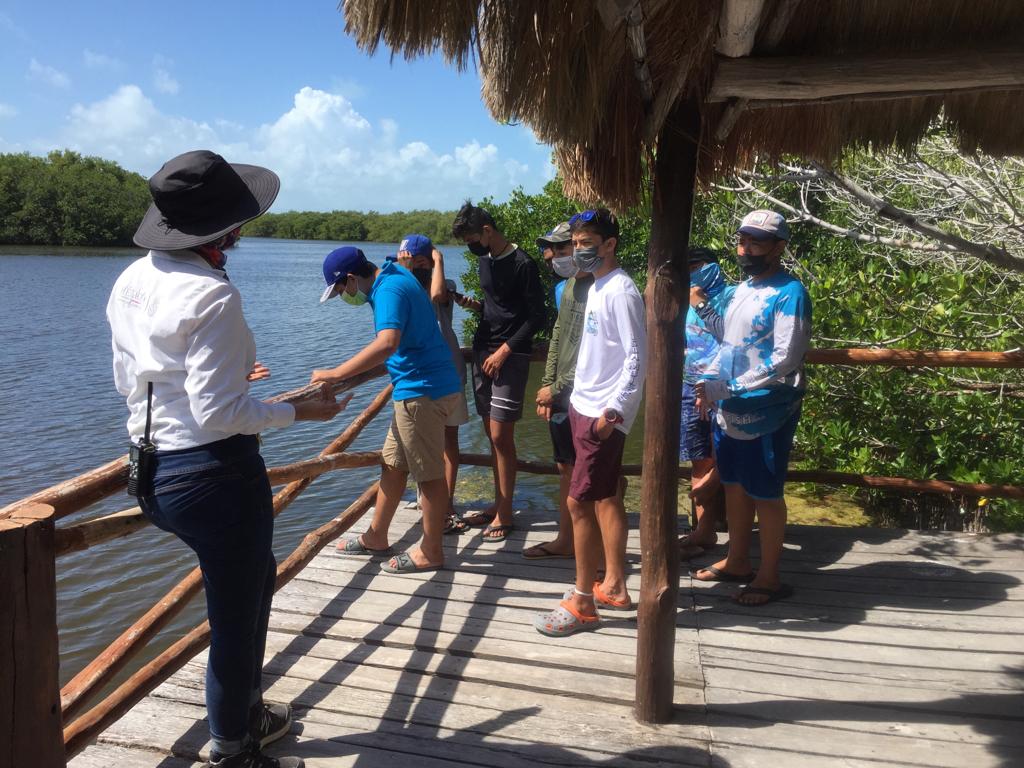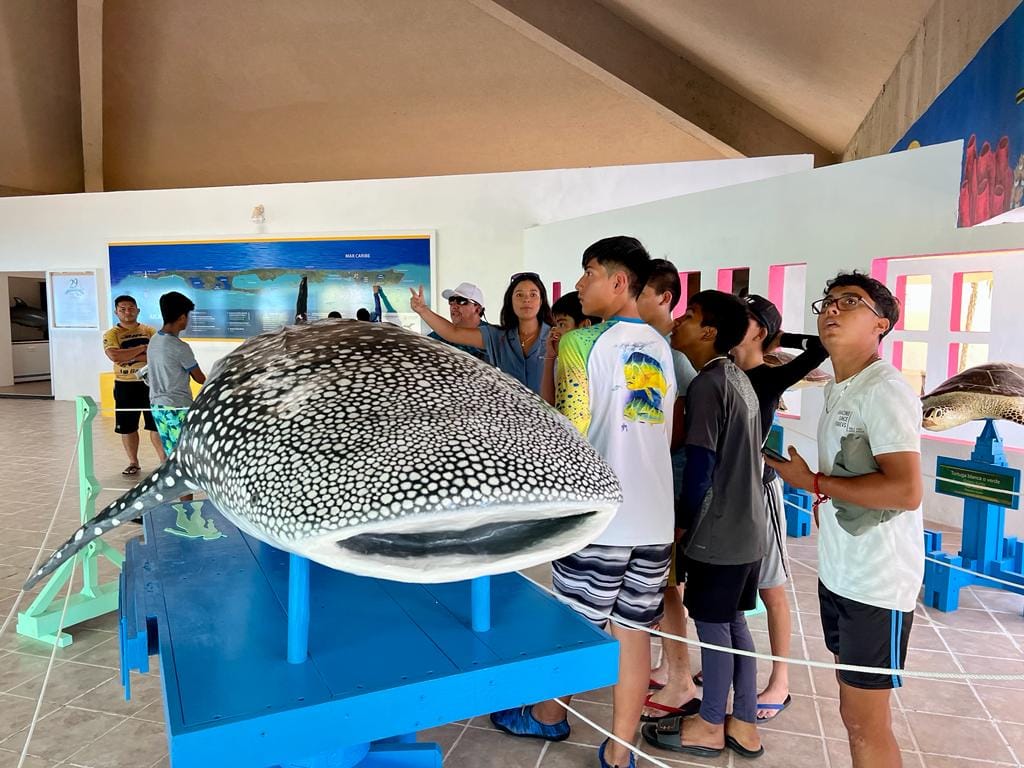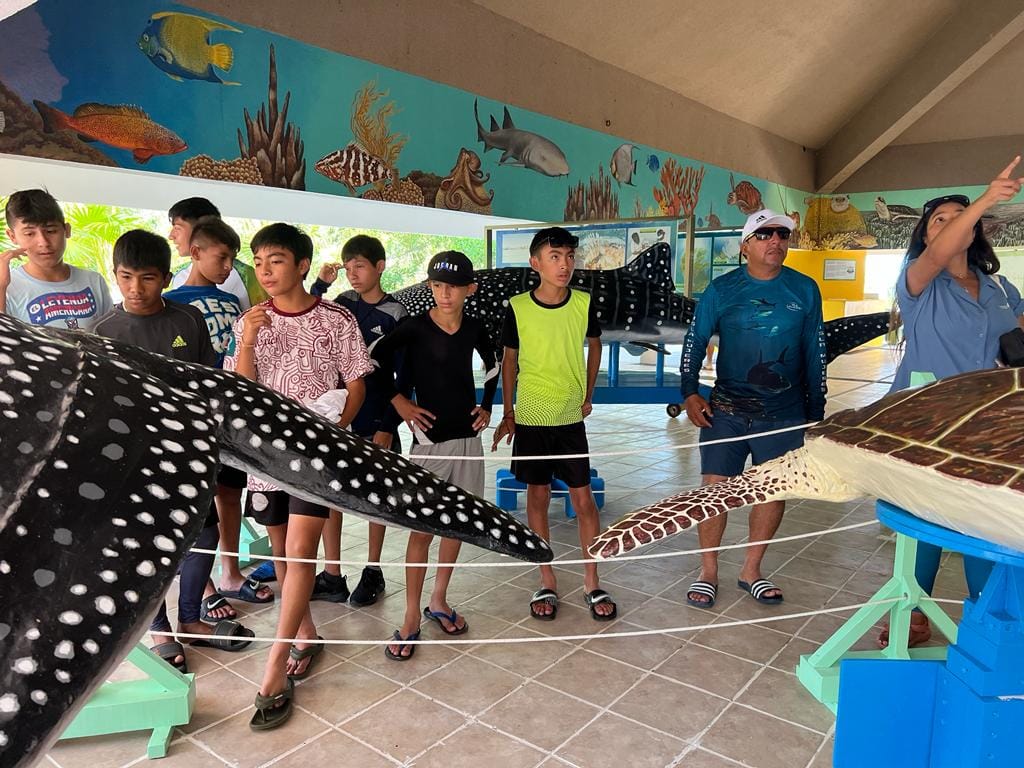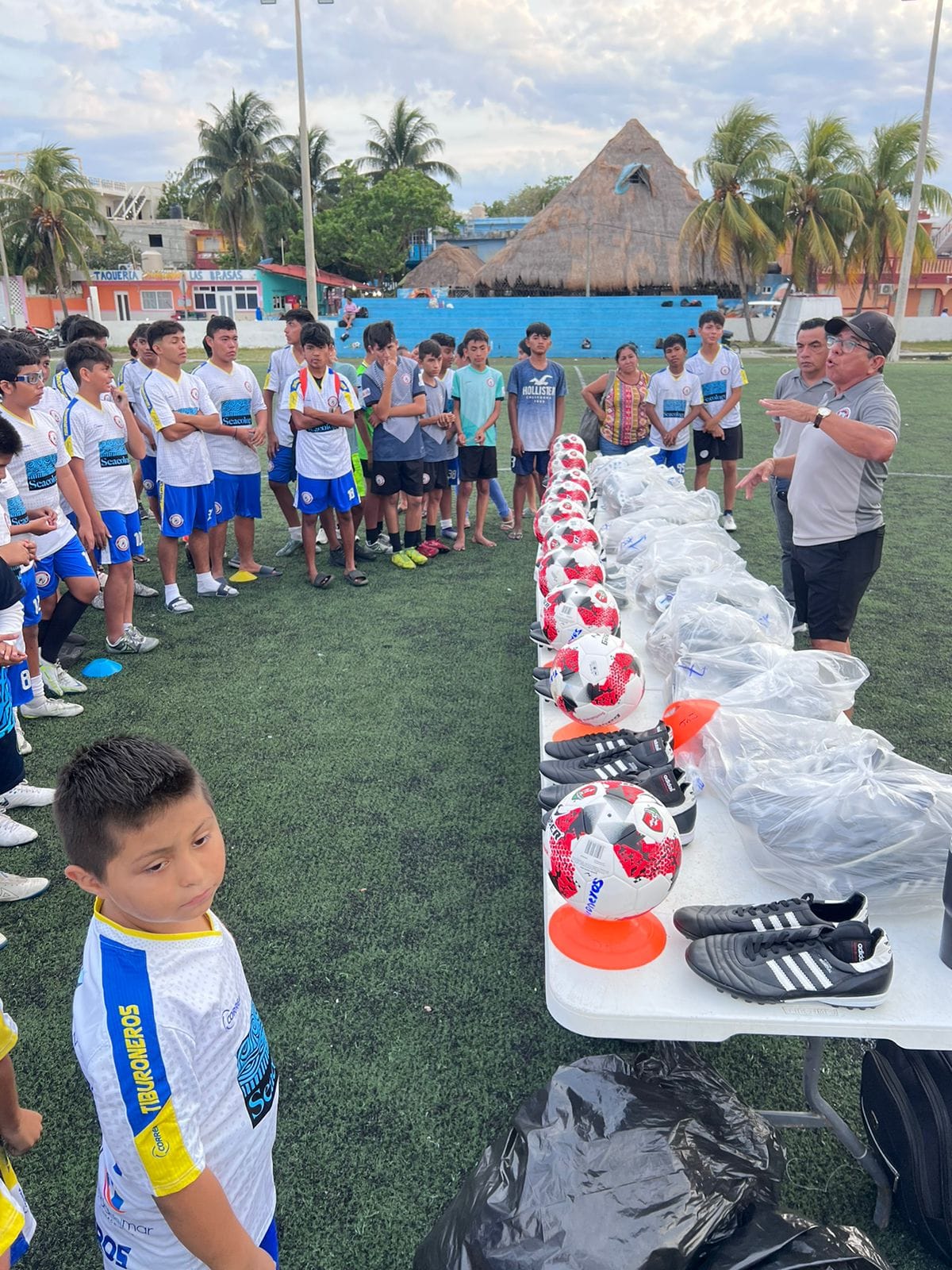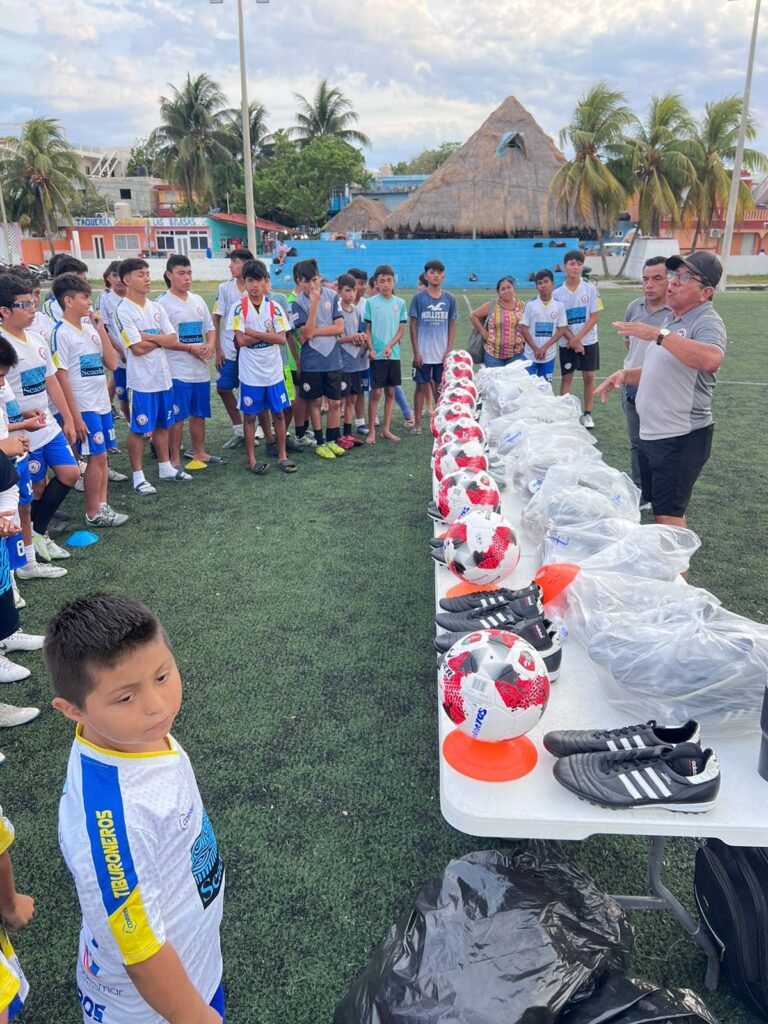This project will get island kids and teens involved in hands-on learning and conservation. Older participants will go on field trips to the nearby Isla Contoy National Park and the Mexican Caribbean Biosphere Reserve. These protected areas are home to abundant wildlife, including magnificent giant manta rays. On other outings, held on average once a month, kids will learn about their island’s ecosystems and remove trash from mangrove and dune areas on the island.
This kind of “place-based education” is a great way to get kids deeply connected to their natural surroundings. It not only gives students information, but also fosters an emotional connection to the natural world—something that can have a powerful effect on their later attitudes about conservation. Research also shows that when children bring home and share conservation messages, their parents are more likely to engage in pro-conservation behaviors.
Fostering interest in conservation is important on Isla Mujeres, where pollution, poorly planned development, and climate change have damaged coastal dunes, mangroves, and reefs. Both red and black mangrove species grow on the island. Wildlife habitats have been fragmented and lost, especially affecting resident and migratory birds including great egrets, bare-throated tiger herons, and magnificent frigatebirds. The reefs have suffered bleaching events.
As we have learned in the Dominican Republic, an effective way to get kids interested in conservation is through their interest in sports. A Seacology grant is providing soccer shoes and club uniforms for 160 kids, plus balls, goal nets, and other equipment.
Our project partner is the nonprofit Manta Caribbean Project, which works with communities toward the goal of a healthy ocean.


